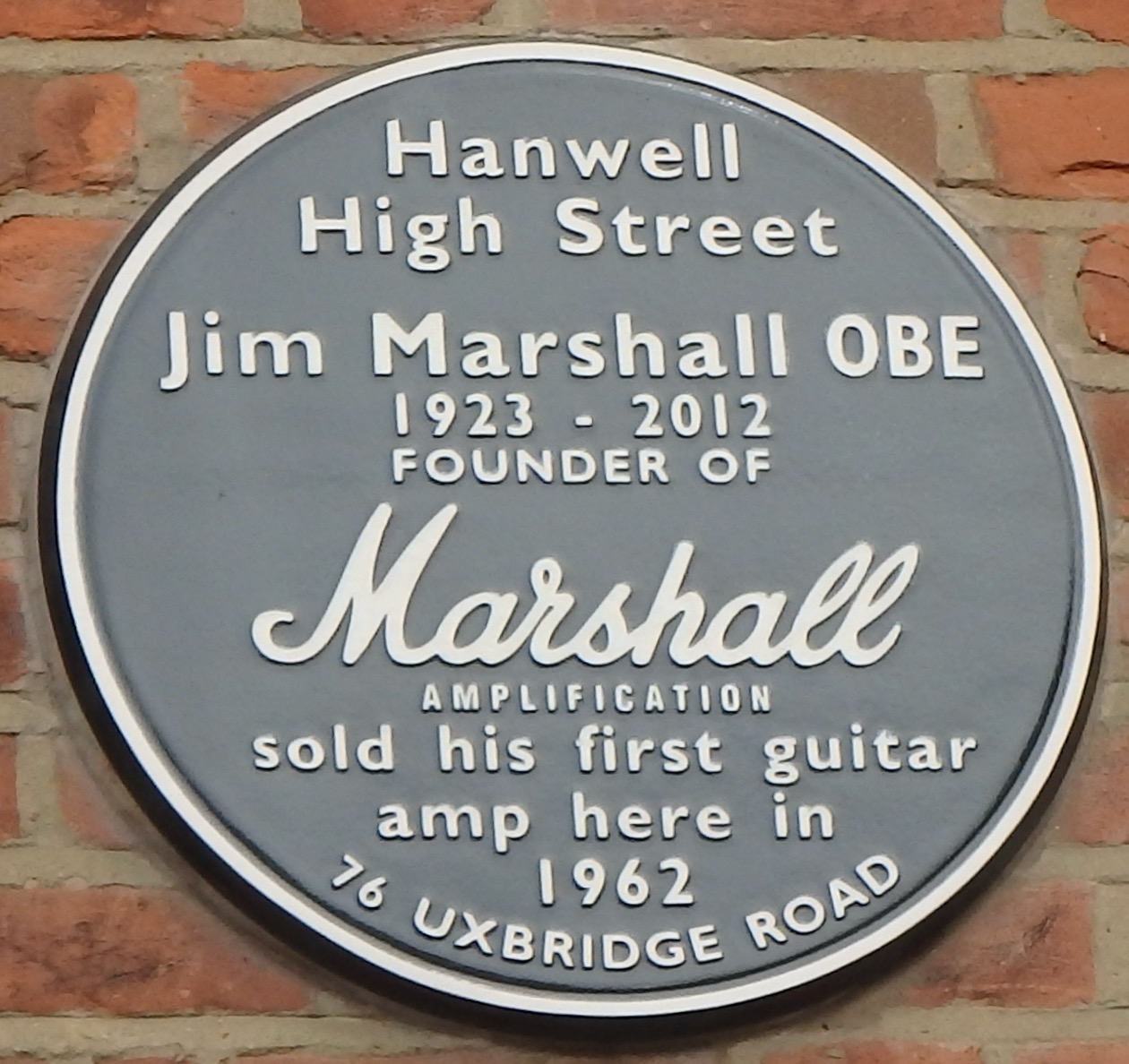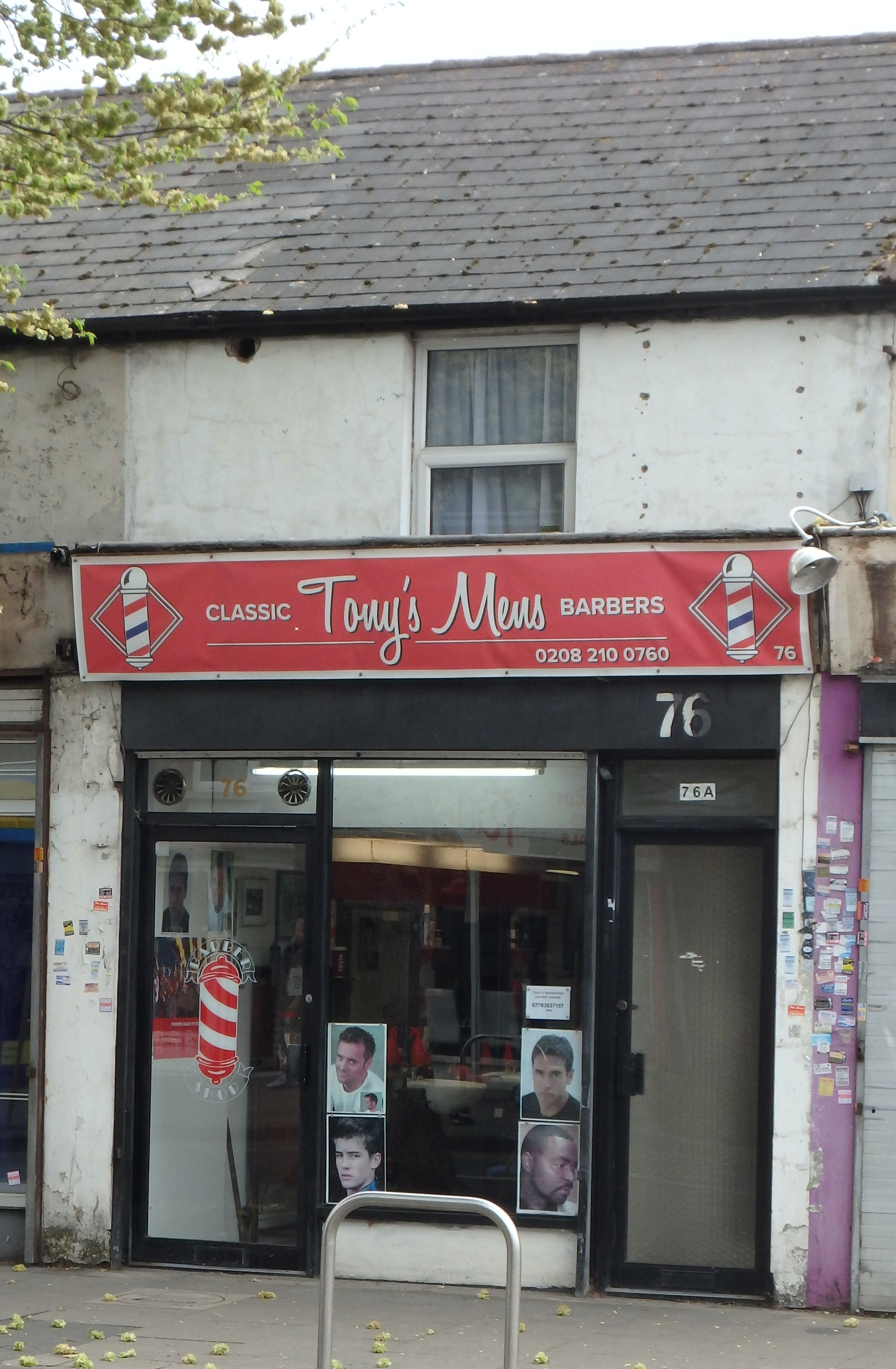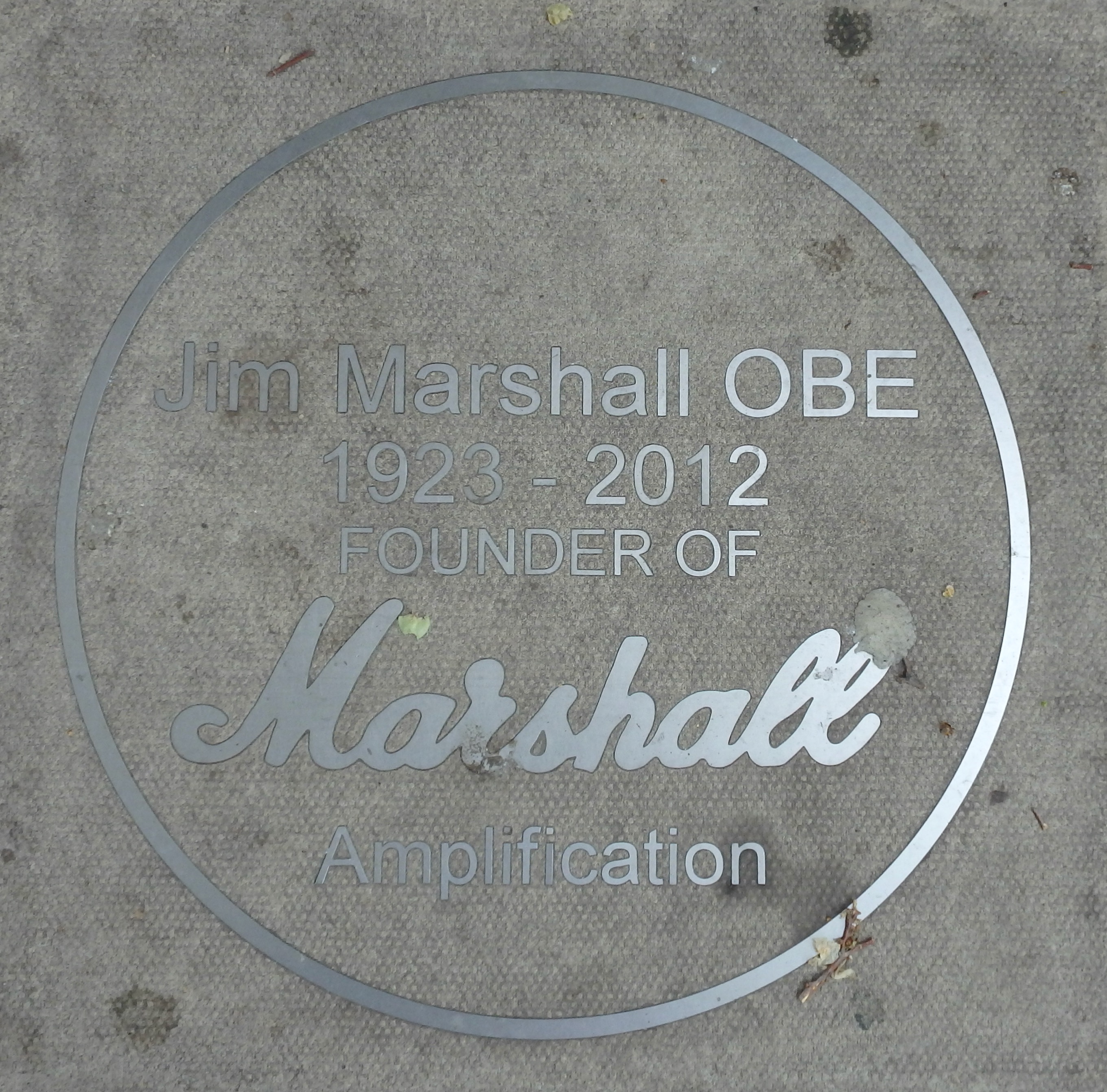Numerous famous people from history are associated with Ealing; here are some of my favourites:

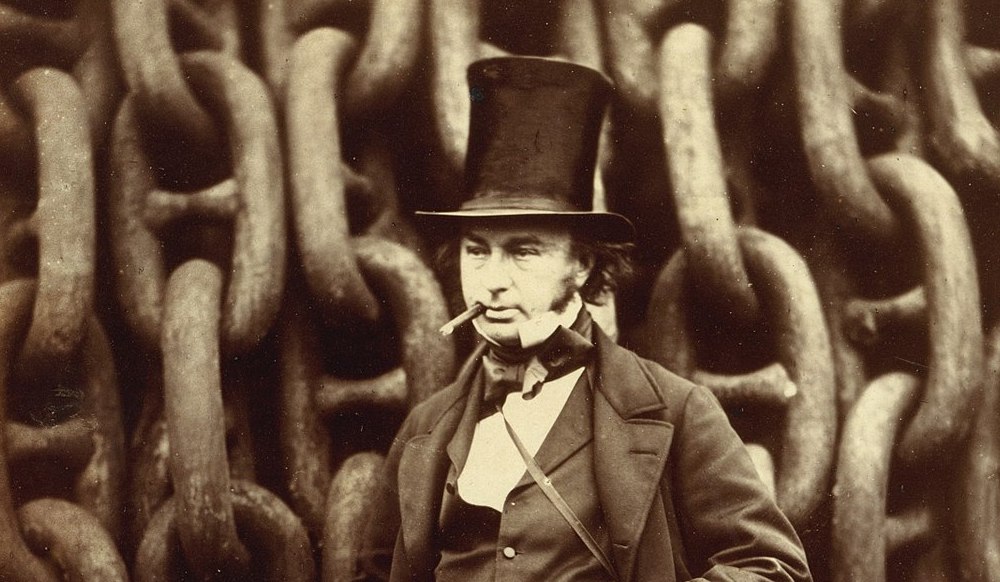
Isambard Kingdom Brunel
Although as far as I know Brunel never lived in the borough, he had quite an effect on its development in the Victorian era. Before the construction of the Great Western Railway, Ealing was a small village whose centre was located somewhat to the south of the current Broadway, but the opening of the station which is now Ealing Broadway encouraged development in the area immediately around the station, and ultimately of course this area effectively became the centre of Ealing.
The first major engineering work completed on the line was the Wharncliffe Viaduct which spans the river Brent just west of Hanwell; this was also Brunel's first major structural design. A picture of this magnificent structure forms the upper frieze on our web pages. Brunel's grave can be seen in Kensal Green cemetery.
Ada Lovelace
Ada Lovelace was the only legitimate child of Lord Byron, but he left her mother within a month of Ada's birth. Ada was therefore raised by her mother who promoted Ada's interest in Maths and Logic as an antidote to the artistic temperament of her father. Ada was clearly talented in these fields and thrived, describing herself as an Analyst and Metaphysician. Her talents led her into a working relationship and friendship with the mathematician Charles Babbage, and she later became acquainted with other scientists such as Michael Faraday and Charles Wheatstone, as well as the author Charles Dickens. Following her marriage to William, 8th Baron King she became Lady King, and later Countess Lovelace, as a result of her husband being made Earl of Lovelace.
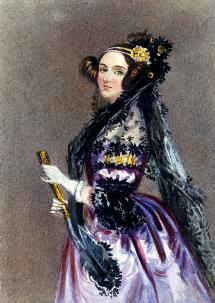
Ada is most famous for her work with Babbage on both his difference engine and the later analytical engine, in fact eventually becoming more of an expert on the analytical engine than Babbage himself. This began with her translation of an article on the analytical engine by the Italian mathematician Luigi Menabrea, which she supplemented with copious notes of her own. These notes included a detailed description of a way in which the analytical engine could have been used to perform complex calculations had it ever been built. The method she describes is generally accepted as the first ever computer programme, which makes Ada the world's first computer programmer.
Ada’s connection with Ealing is that she lived with her mother at Fordhook House, (seen below in about 1810); the house is long gone, but the name lives on as “Fordhook Avenue”, and another street in the area is called Byron Road. The plaque (below right) is mounted on the building on the corner of Fordhook Avenue where it meets the Uxbridge Road.
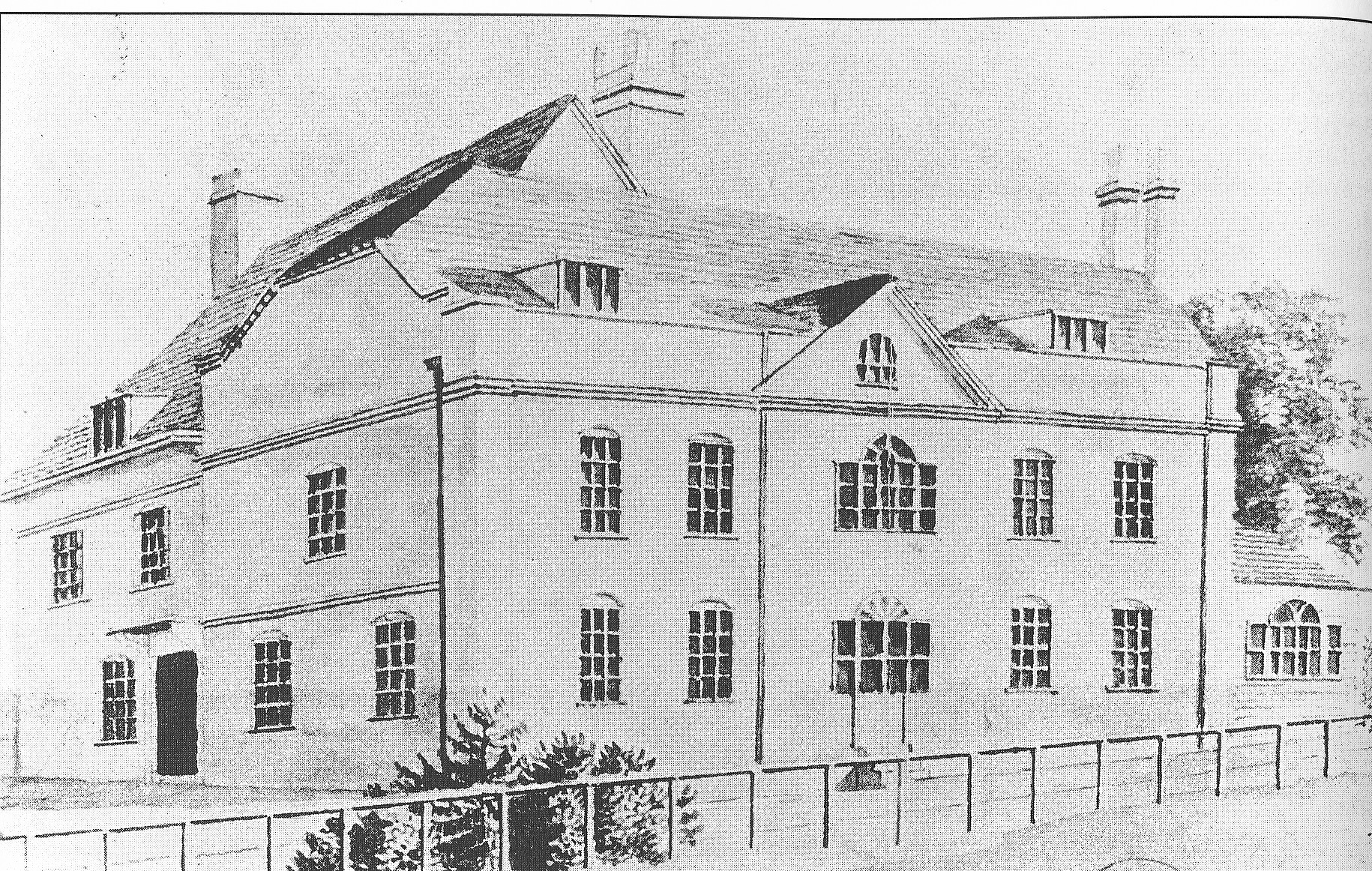
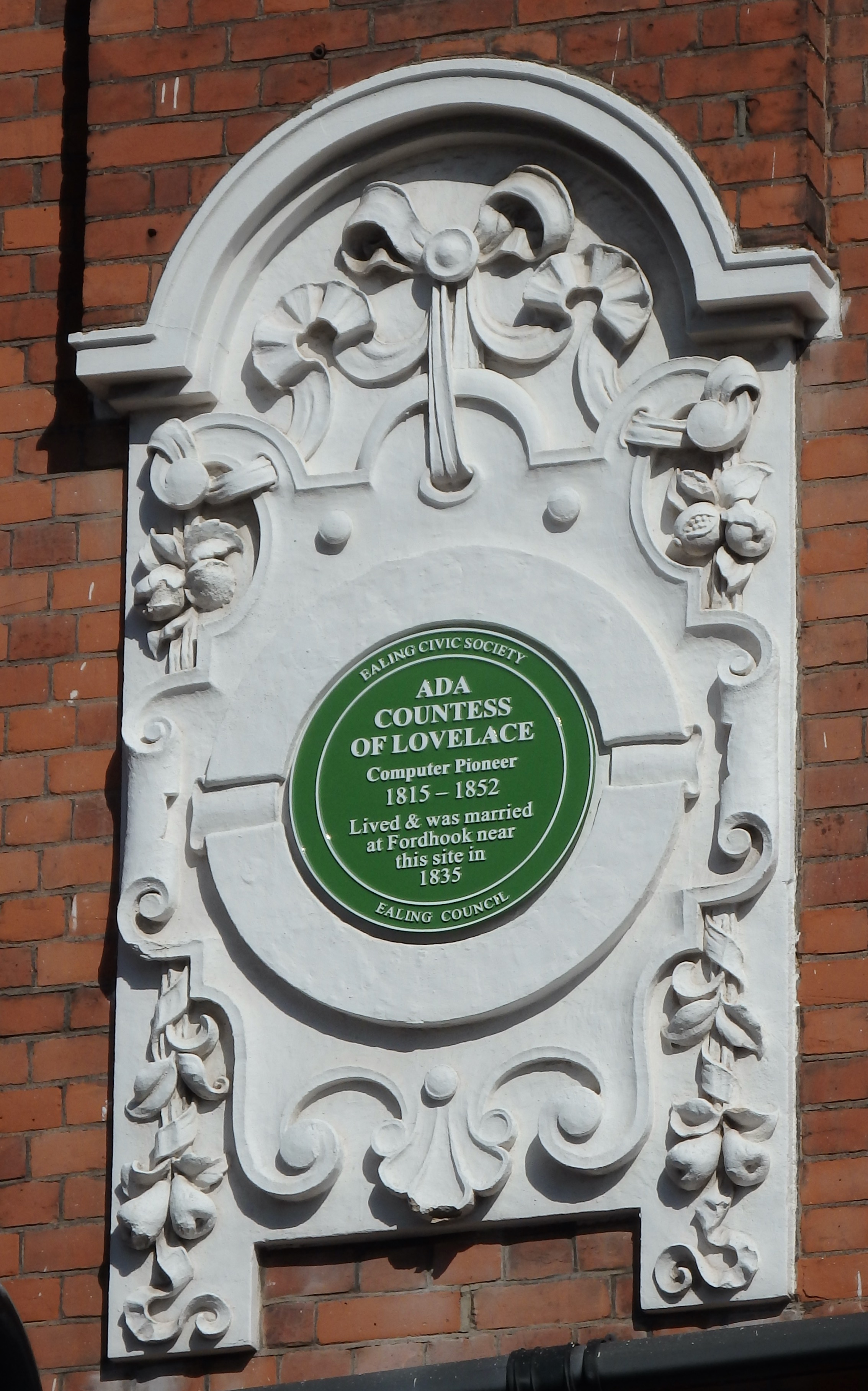
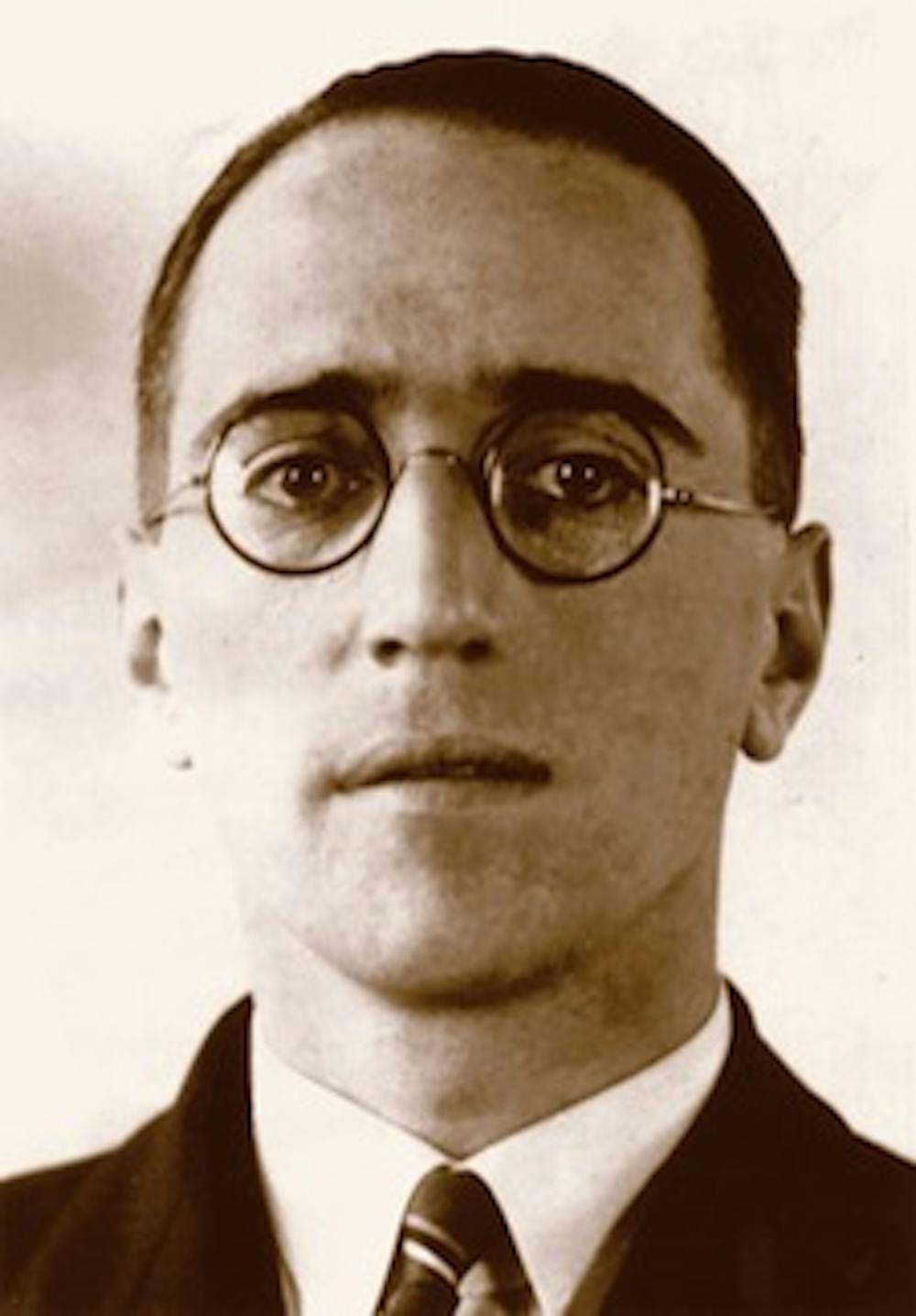
A.D. Blumlein
Although the name of A.D. Blumlein will be unfamiliar to many people, what he achieved in his all too short life was truly remarkable. Thanks to my father's interest I was aware of him as the inventor of stereo, but it was only much later that I became aware of his work on film, television and radar. He was awarded a first class honours degree by City and Guilds College (later part of Imperial College) and joined International Western Electric (which eventually became Standard Telephones and Cables). He was recruited by Isaac Schoenberg, General Manager of the Columbia Gramophone Company (one of the forerunners of EMI) to work on a new recording system. During his time at Columbia and EMI he thrived as an incredibly inventive and innovative engineer, filing 121 patents in the space of 13 years. On the 7th of June 1942, when he was just 38, Alan Blumlein was killed in an air crash during a flight to demonstrate the H2S airborne radar system which was soon in widespread use by both the RAF and Coastal Command. The crash took place in the Wye Valley and there is a memorial window in Goodrich Castle, commemorating the event.
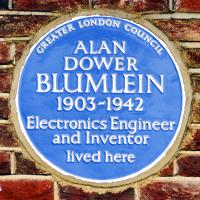
The blue plaque seen here marks the house in Ealing where he and his family lived.
In 2015 he was honoured by the IEEE for his invention of stereo in 1931.
The citation is shown here and was unveiled at Abbey Road Studios on 1st April 2015. It can be seen to the right of the front door to the studios.
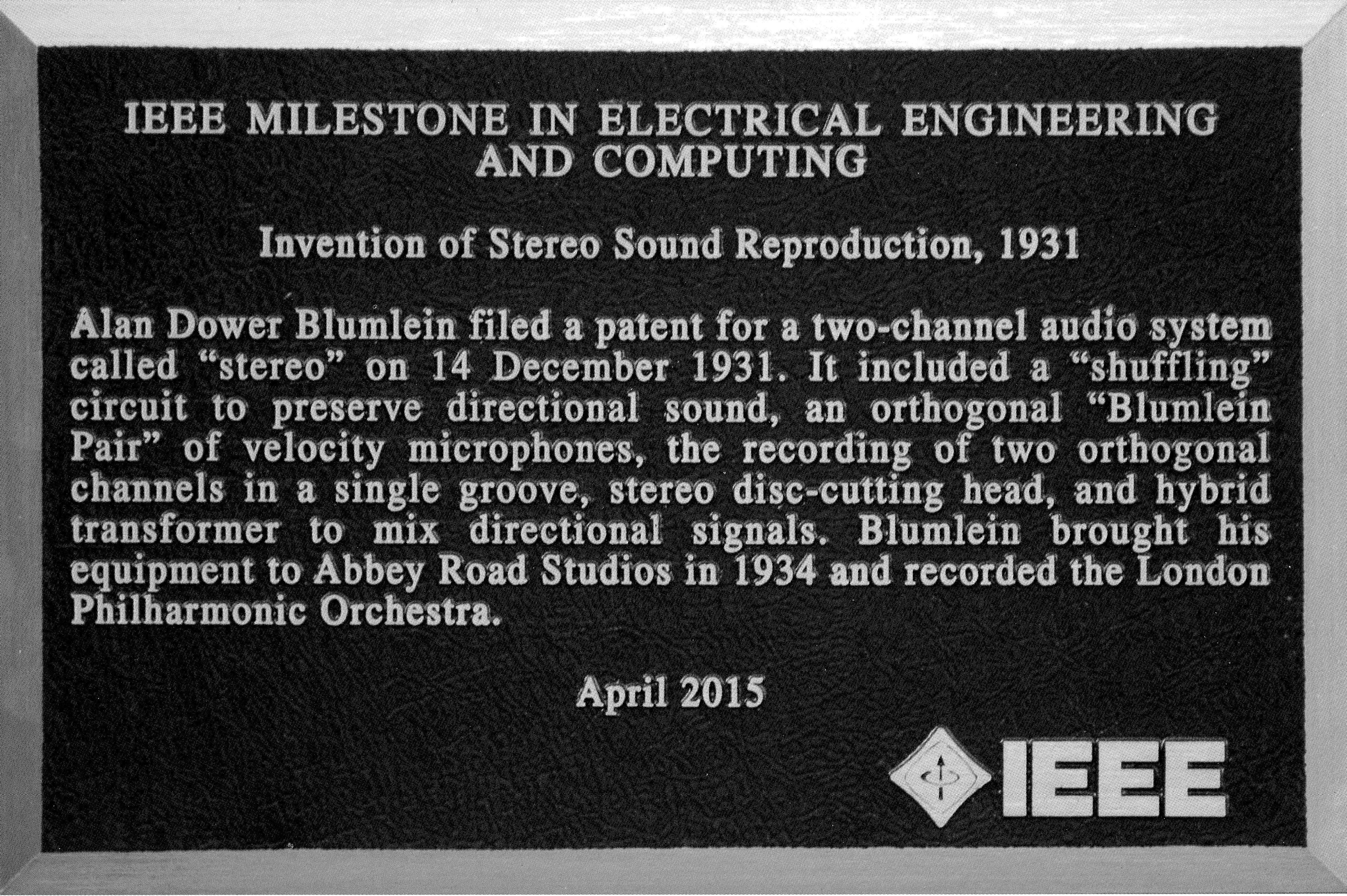
Jim Marshall, aka “The Father of Loud”
Jim Marshall, famous for the guitar amplifiers which bear his name was born in Acton and later had a small shop at 76 Uxbridge Road in Hanwell. It is now a barbers (below) with the plaque (below right) set in the pavement in front of the door to the shop. The plaque seen below left, is on a building facing the clock tower.
